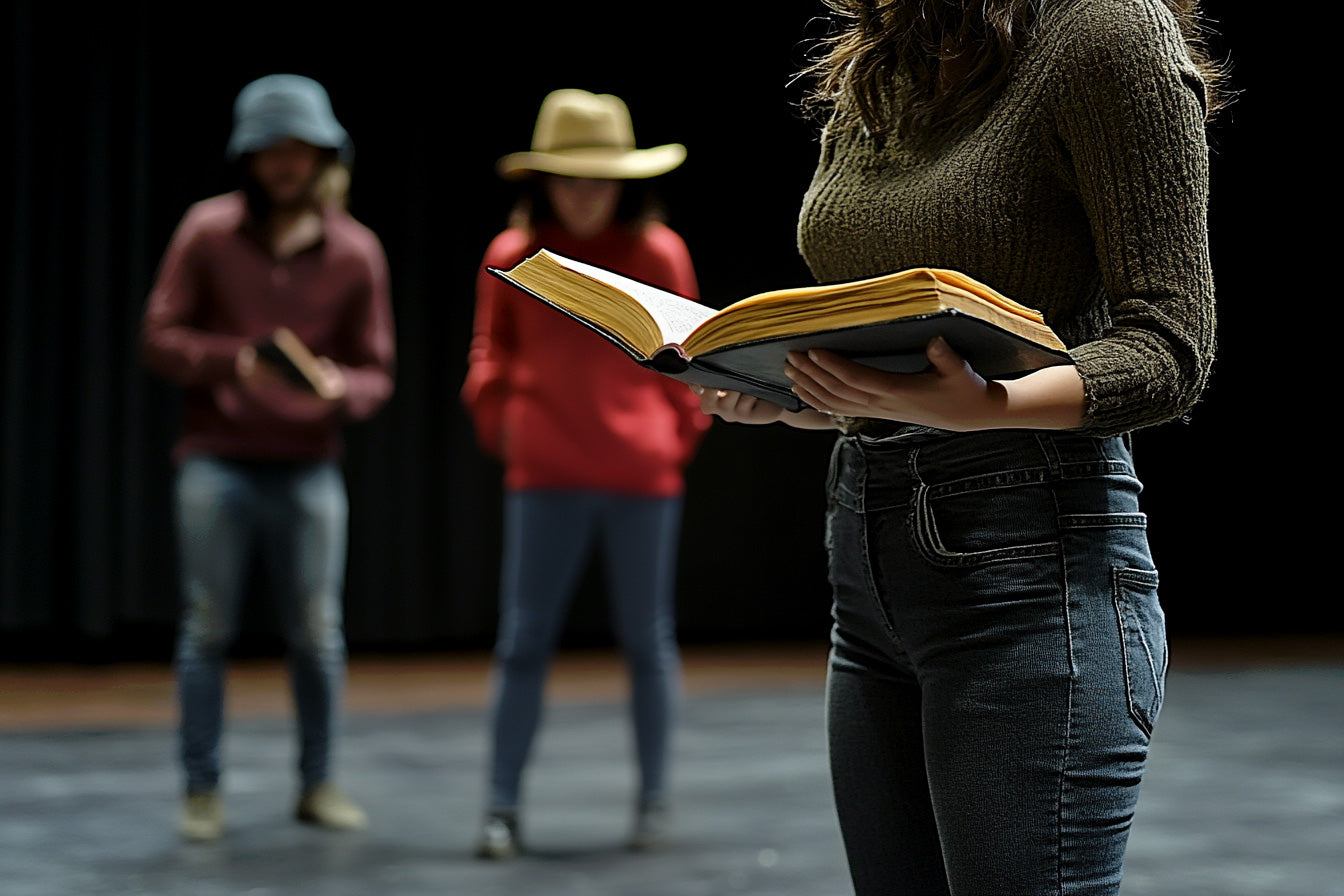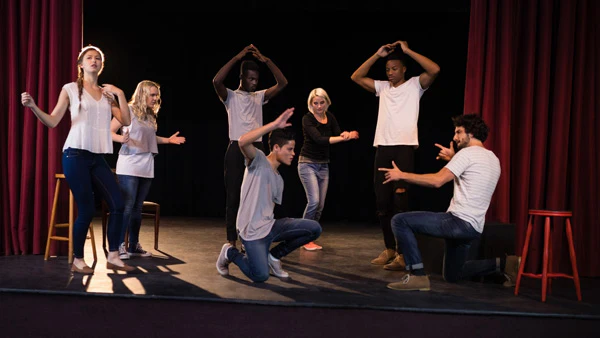Purpose
The ability to act allows you to adopt different roles as you see fit. To be good at emotional intelligence, it is very important to understand emotions and be able to express appropriate emotions when needed, perhaps to sympathise with others or establish rapport.
We always recognise actors as those who are capable in presenting a range of emotions in their roles from sadness to happiness to anger. They seem to be able to switch from one emotion to the next at ease, while their facial expression shows every tiny detail for that emotion. How do they do it?
This exercise is based on classic acting exercises used in acting schools to increase students’ sensory awareness. Rather than asking students to cry, or to show some strong emotion, they are encouraged to think of all the sensory information present in any typical everyday activity. By becoming more aware of these sensory data, they can learn to improvise and imitate down to the tiniest detail.
For best results, you may need to give a pre-course assignment to delegates so they can prepare and rehearse for their acting which takes place during the course.
Objective
Improvise and act an everyday activity while paying attention to as many sensory details as possible.
What You Need
- Enough space so everyone can easily act out their roles and participate in group activities.
Setup
- Provide the following instructions to delegates as a pre-course assignment:
- Consider an eating or a drinking activity. Choose anything you like as the subject of this activity such as eating soup, spaghetti, pizza, etc.
- Pay specific attention to all the sensory information in this activity from preparation to consumption of the food.
- To understand it better, go through the real experience while paying attention to all the details.
- Once you are ready, recreate the experience by going through the activity, though this time using imaginary tools and objects. You should give the objects ‘real’ time and space.
- For example, if you are holding a fork between your fingers, you should leave enough gap between your fingers where the fork will occupy space if you were actually holding it.
- When you are eating, you should really swallow the food and spend as much time chewing it as you would with the real food.
- If you think you might spill something and as a standard reaction want to use some tissue to wipe your mouth, then you should include that in your act as well.
- It should appear as realistic as you can get it, except for the exclusion of the objects and an appropriate environment around you.
PART 1:
- In the course, ask students one by one to act their improvisation. Others at the end should comment on what the act was all about and provide feedback.
- Allocate 3 minutes for each delegate.
PART 2:
- In this part you can add emotional content to the acting as well. Divide the delegates into pairs. If you have an odd number of people, use a group of 3.
- Ask pairs to agree on a particular situation which happens in an everyday environment that they are both familiar with. They should also use a topic of conversation taking place in that environment. Examples are:
- A business meeting taking place in a restaurant.
- A business meeting taking place in the headquarters of a client.
- A business meeting in a bar.
- Meeting a high profile director of another company for the first time to discuss potential new collaboration.
- Talking to a member of staff as a manager to resolve a specific issue
- Preparing food together. (This is useful to get the delegates focus explicitly on the objects and the environment they use, while simultaneously having the casual conversation people have when they are involved in a common activity such as making food).
- After choosing the topic, ask pairs to choose specific roles in that setting and act much like the way they did for the pre-course assignment.
- Allocate 10 minutes for this part.
- Follow this with an analysis and feedback. Specifically, during their acting delegates must show:
- They have been able to move the conversation forward in a natural way.
- They have paid utmost attention to their environment.
- Have sensed the environment.
- Have maintained a reasonable dialog along with all the emotions necessary in that conversation.
- Follow with a general discussion.
Timing
Explaining the Exercise: 5 minutes
Activity: 3 min per delegate (PART 1) + 10 min (PART 2) + 10 min feedback = 44 minutes for 8 delegates
Group Feedback: 10 minutes
Discussion
How easy was it to improvise and pay attention to all the details? Were you able to use objects successfully while paying attention to correct use of space and time? How do you think this kind of activity can help you to become a better actor? Who was the best actor among the delegates and why? What can you do to become as good?
Comments
By Bob Turel @ Wednesday, February 8, 2012 10:00 PM
Top notch activities! very well done.
Soft Skills Training Materials
Get downloadable training materials
Online Train the Trainer Course:
Core Skills
Learn How to Become the Best Trainer in Your Field
All Tags
Training Resources for You

Course Design Strategy
Available as paperback and ebook

Free Training Resources
Download a free comprehensive training package including training guidelines, soft skills training activities, assessment forms and useful training resources that you can use to enhance your courses.

Our Comprehensive Guide to Body Language

Train the Trainer Resources
Get Insights - Read Guides and Books - Attend Courses
Training Materials
Get downloadable training materials on: Management Training, Personal Development, Interpersonal Development, Human Resources, and Sales & Marketing














Leave a comment
All comments are moderated before being published.
This site is protected by hCaptcha and the hCaptcha Privacy Policy and Terms of Service apply.